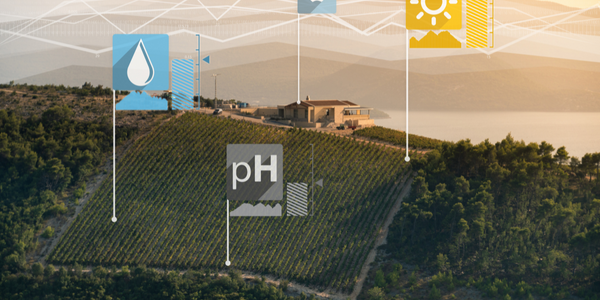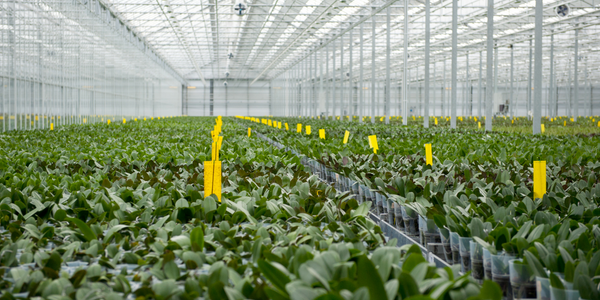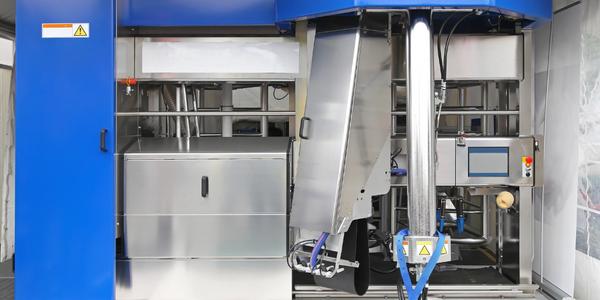Technology Category
- Application Infrastructure & Middleware - Database Management & Storage
- Application Infrastructure & Middleware - Event-Driven Application
Applicable Industries
- Agriculture
- Automotive
Use Cases
- Tamper Detection
Services
- Cloud Planning, Design & Implementation Services
About The Customer
The client is a large international organization that leads global efforts to defeat hunger. This non-profit organization is a source of knowledge and information, and assists developing countries in transition to modernize and improve agriculture, forestry, and fisheries practices. Their goal is to ensure good nutrition and food security for all. They had undertaken a pilot project of application FAM catalog solution which they wanted to host on the cloud, with the aim of having an automated, repeatable implementation across different countries.
The Challenge
The client, a large international organization leading efforts to defeat hunger, had undertaken a pilot project of application FAM catalog solution which they wanted to host on the cloud. They desired an automated deployment using AWS Cloud Formation services, so that similar implementation can be repeatable across the globe in different countries. The client needed the application to be stateless and all static configuration of web/app and actual data needed to be on shared storage. This was to ensure that any termination of server would not impact configuration and to avoid the risk of losing data.
The Solution
The Datamatics team conducted an exploratory analysis to study the FAM Catalogue application requirements. They implemented AWS Services for IAAS with optional components such as Application load balancer, Ec2, EFS for storage for application configuration and storing files, Cloud Watch for provisioned resources monitoring, KMS for disk encryption and parameter store for storing credentials of RDS Arora Database for connection. The team also configured the web app and database in the private subnet to allow seamless communication internally. They implemented end-to-end security by adhering to the best practices of AWS Infrastructure Setup under the compliance of NIST (National Institute of Standards and Technology).
Operational Impact
Quantitative Benefit

Case Study missing?
Start adding your own!
Register with your work email and create a new case study profile for your business.
Related Case Studies.

Case Study
Intelligent Farming with ThingWorx Analytics
Z Farms was facing three challenges: costly irrigation systems with water as a limited resource, narrow optimal ranges of soil moisture for growth with difficult maintenance and farm operators could not simply turn on irrigation systems like a faucet.

Case Study
Integral Plant Maintenance
Mercedes-Benz and his partner GAZ chose Siemens to be its maintenance partner at a new engine plant in Yaroslavl, Russia. The new plant offers a capacity to manufacture diesel engines for the Russian market, for locally produced Sprinter Classic. In addition to engines for the local market, the Yaroslavl plant will also produce spare parts. Mercedes-Benz Russia and his partner needed a service partner in order to ensure the operation of these lines in a maintenance partnership arrangement. The challenges included coordinating the entire maintenance management operation, in particular inspections, corrective and predictive maintenance activities, and the optimizing spare parts management. Siemens developed a customized maintenance solution that includes all electronic and mechanical maintenance activities (Integral Plant Maintenance).

Case Study
Greenhouse Intelligent Monitoring and Control Solution
Farming Orchids is the most successful form of precision farming in Taiwan, and also the most exported flower. Orchids need a specific temperature and humidity conditions to grow and bloom, and its flowering time may not be in line with market demands, so the price collapses when there is overproduction. Therefore, some farmers began to import automated greenhouse control systems for breeding and forcing, which not only improves quality, but also effectively controls the production period and yield to ensure revenue. In 2012, an orchid farmer built a Forcing Greenhouse of about 200 pings (approximately 661 Square Meters) in Tainan, Taiwan. The system integrator adopted Advantech’s APAX-5000 series programmable automation controllers to build the control platform, coupled with Advantech WebAccess HMI/SCADA software, to achieve cloud monitoring. The staff of the orchid field can monitor important data anytime via smart phone, iPad, and other handheld devices, and control the growth and flowering conditions. System requirements: In the past, most environmental control systems of orchid greenhouses in Taiwan used PLCs (Programmable Logic Controller) with poorscalability and control, and could not be connected to the Internet formonitoring from the cloud. For advanced database analysis and networking capability, the PC platform must be adopted. Therefore, PAC Systems (Programmable Automation Controller) with both PLC programming capabilities andPC functions is a better choice.The environmental control of the Orchid greenhouse switches on and off devices like fan, shade net, cooling/heat pump, liquid flow control, water-cooling wall etc. It is controlled by a control panel of electric controllers, and is driven by a motor, to adjust the greenhouse temperature, humidity, and other environmental conditions to the set parameters.










